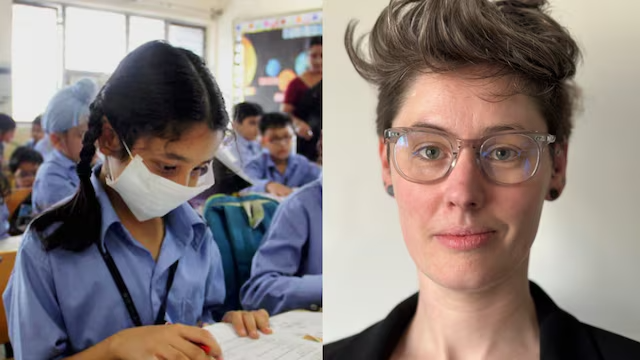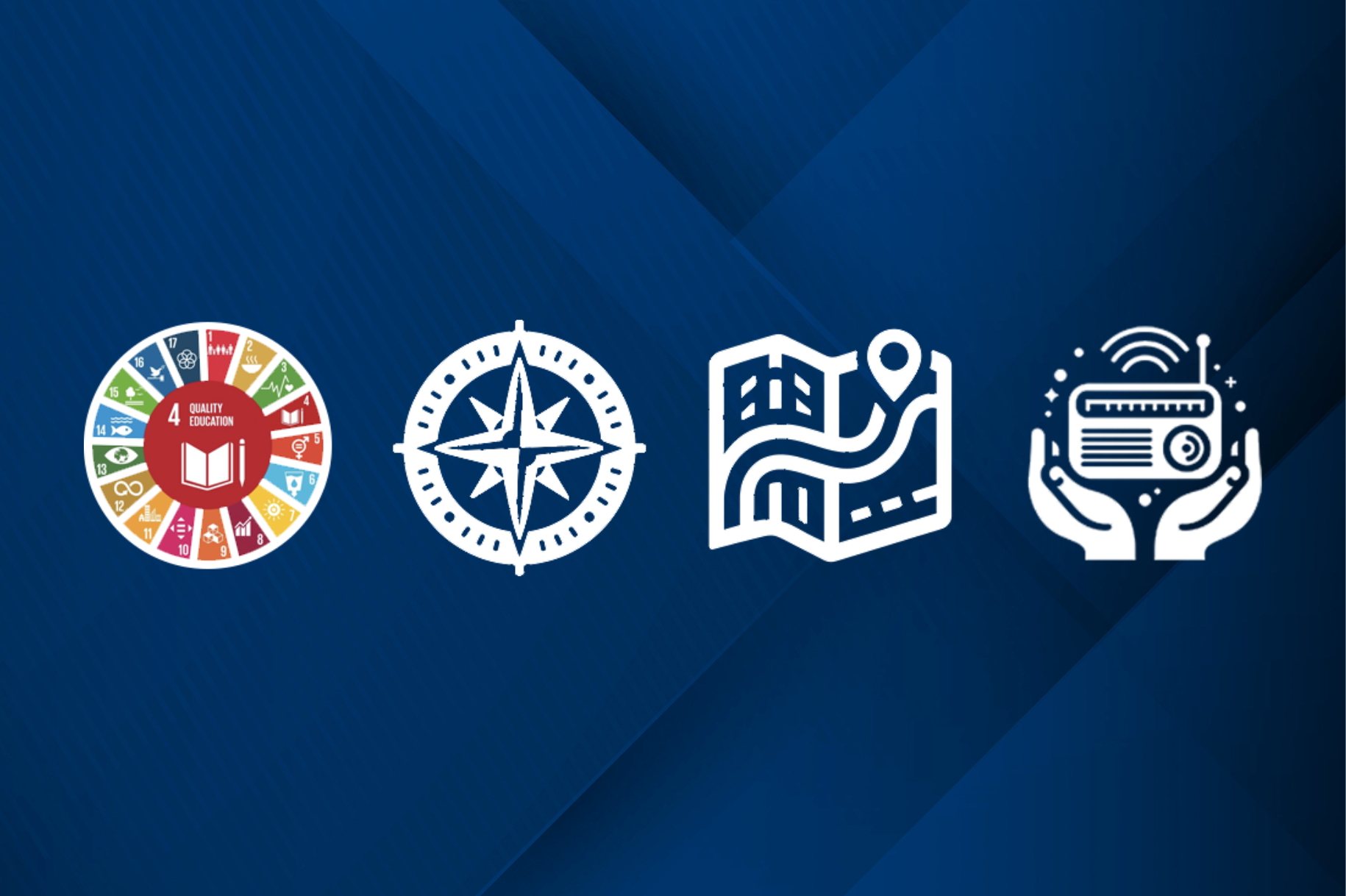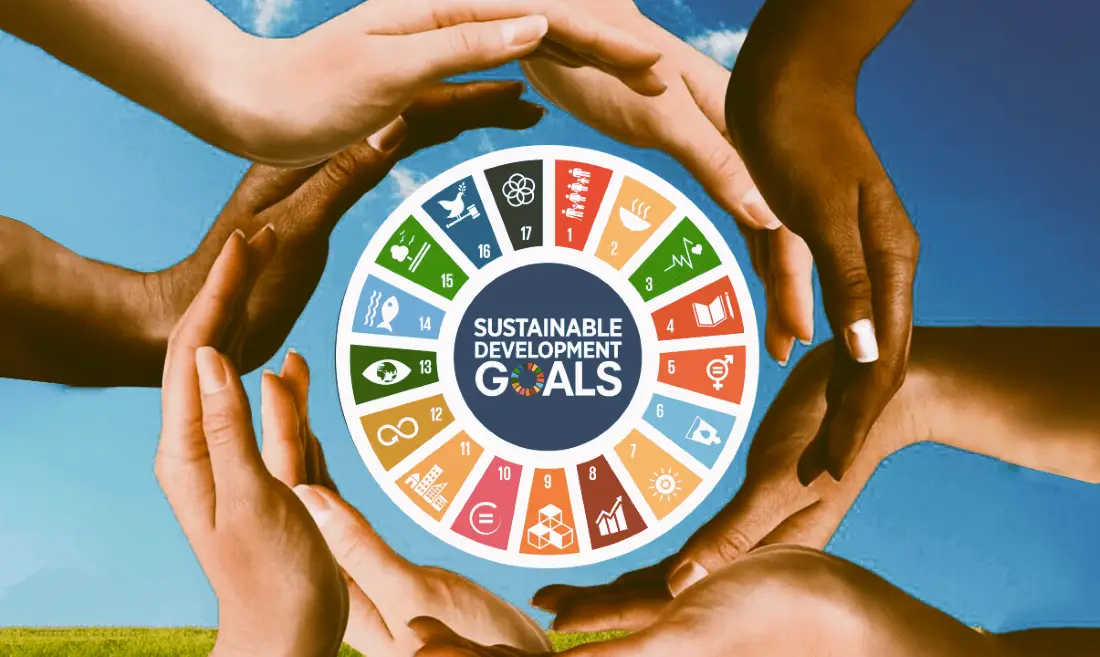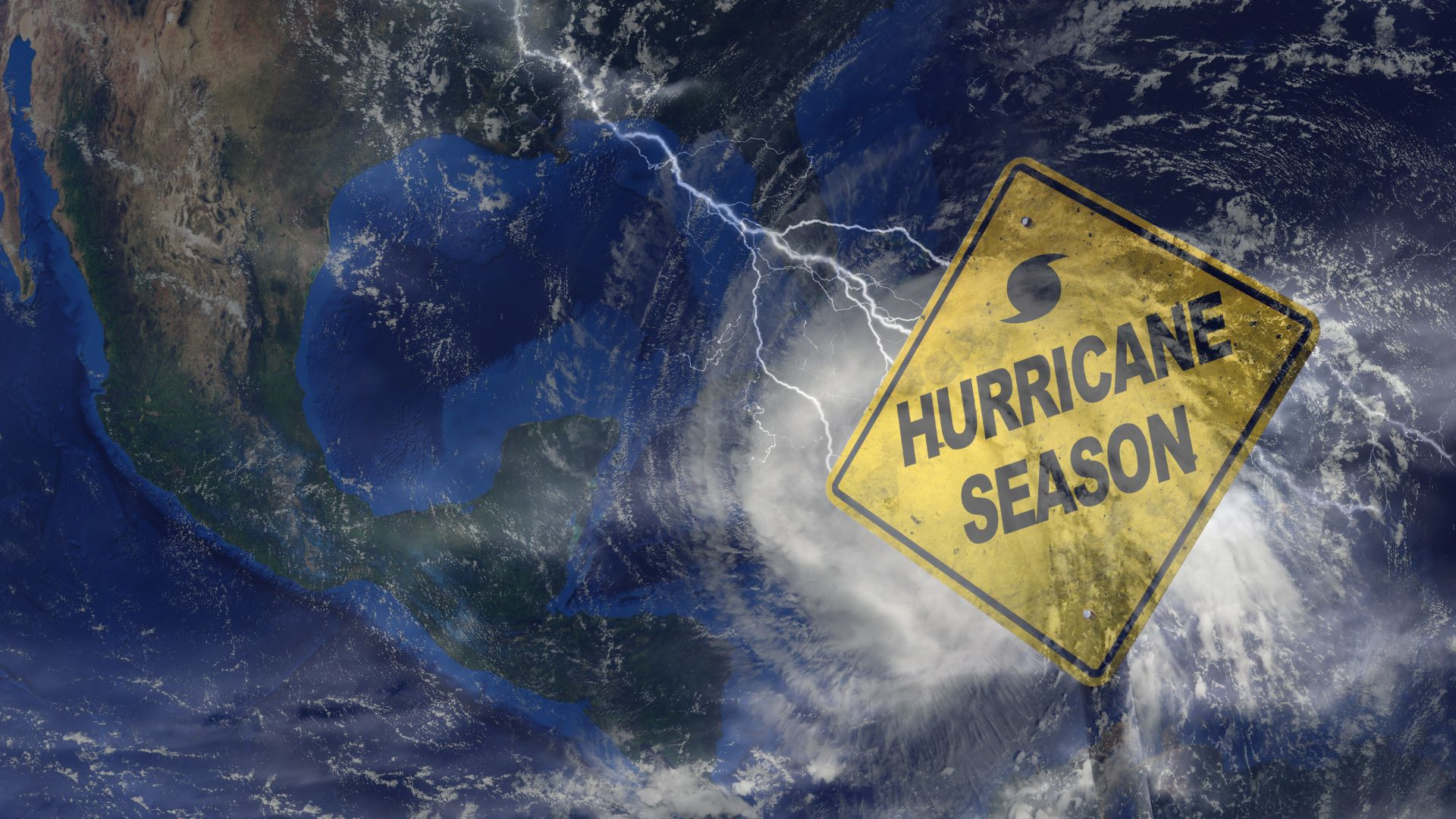
WACE Curriculum Enters India A Global Gateway for Indian Students
In a landmark move set to transform secondary education in India, the Western Australian Certificate of Education (WACE) curriculum has officially entered the Indian academic landscape. This internationally recognized high school qualification, issued by the School Curriculum and Standards Authority (SCSA) in Western Australia, is now being introduced through a collaboration between Australian education authorities and select Indian institutions. The rollout is part of a broader strategy to diversify and globalize education pathways for Indian students, offering them a competitive edge in international university admissions and global careers.
The WACE curriculum is designed to provide a rigorous and balanced academic experience, blending theoretical knowledge with practical application. Its entrance into India signifies a growing demand for alternative curricula beyond traditional Indian boards like CBSE and ISC, and even international ones like IB and Cambridge A Levels. WACE offers subjects in Science, Mathematics, English, Humanities, and Technical fields, all structured around critical thinking, research, and inquiry based learning skills increasingly sought after in global higher education.
Indian schools adopting WACE are being supported with teacher training programs, learning materials, and digital tools aligned with the Australian model. Teachers undergo certification processes to ensure quality delivery, while students are exposed to global teaching standards and continuous assessment systems. The curriculum promotes academic independence, equipping students with the research skills, analytical reasoning, and collaborative approaches needed for success in competitive environments such as Australian, UK, U.S., and European universities.
One of the key appeals of WACE is its direct linkage to the Australian Tertiary Admission Rank (ATAR), which is a major university entrance score used by institutions across Australia. Indian students who complete WACE in India will now be able to apply directly to Australian universities with this qualification, bypassing traditional equivalency hurdles. Moreover, many universities in countries such as Canada, the U.K., and Singapore also recognize WACE scores, vastly expanding opportunities for Indian students without the need for separate international entrance exams.
The curriculum also addresses one of India’s critical educational challenges bridging the gap between rote based learning and global competency development. WACE’s integrated learning model focuses on creativity, collaboration, and problem solving, helping Indian students break away from memorization heavy frameworks. This shift is particularly aligned with India’s National Education Policy (NEP) 2020, which advocates for multidisciplinary learning, skill development, and international integration.
Parents and students in urban centers like Delhi, Bengaluru, Mumbai, and Hyderabad have already shown strong interest in schools offering WACE, viewing it as a future forward investment. Some schools are adopting a hybrid approach, offering both Indian and international streams to meet diverse aspirations. Meanwhile, education consultants have reported a rise in inquiries for WACE aligned institutions, particularly from families targeting global undergraduate programs without the stress of multiple entrance exams.
In its pilot phase, the WACE program is being introduced in a limited number of elite private schools across India, but expansion plans are underway. Australian authorities are working closely with Indian partners to ensure smooth localization, cultural adaptation, and policy alignment. Efforts are also being made to ensure equitable access through scholarships, especially for meritorious students from underprivileged backgrounds.
Importantly, the WACE curriculum also emphasizes digital literacy and 21st century skills. With digital portfolios, virtual labs, and interactive modules, students are better prepared for the technological demands of modern academia and the workplace. These components are especially timely given India’s rapid push toward digital education and global tech leadership.
Education leaders from both countries have welcomed this bilateral academic venture. Representatives from SCSA and Australia’s Department of Education see India as a strategic partner in expanding high quality education globally. On the Indian side, policymakers view WACE as a valuable addition to the nation’s growing bouquet of international education offerings, aligned with India’s ambition to become a global education hub.
In conclusion, the arrival of the WACE curriculum in India marks a significant milestone in the evolution of the country’s educational ecosystem. It opens up new academic and career pathways for students, aligns with global standards, and supports the broader goals of educational modernization. As the rollout expands, WACE could reshape how Indian students prepare for the future bringing world class education right to their doorstep, and bridging the gap between local talent and global opportunity.
Related Post
Popular News
Subscribe To Our Newsletter
No spam, notifications only about new products, updates.
















